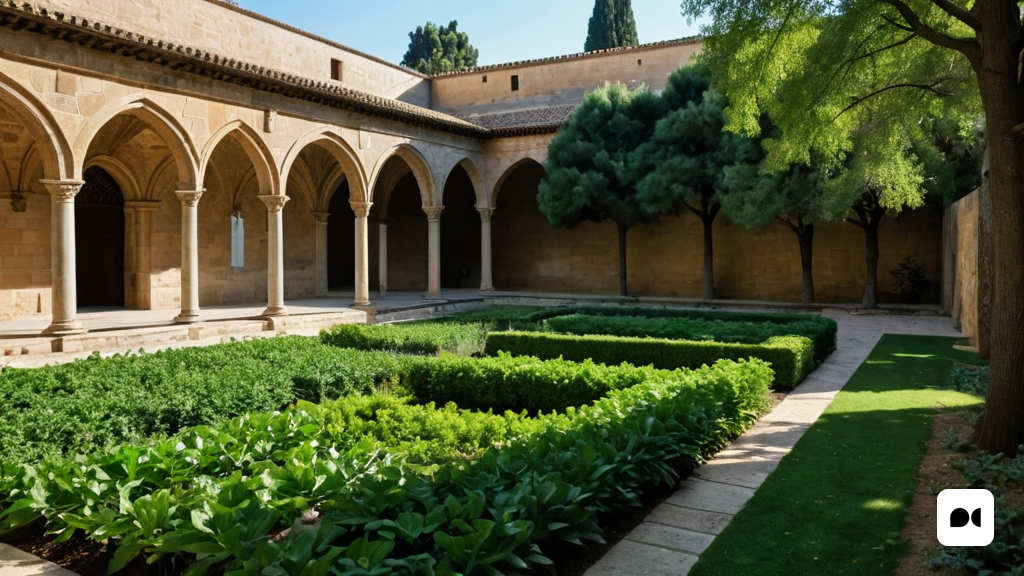European recognition
The medieval garden of the royal monastery of Santa Maria de Pedralbes has been selected as one of the ten best practices in cultural heritage on a European scale. This recognition has been granted by the European Heritage Hub, a pilot project funded by the European Union that aims to promote the transition towards a sustainable, digital and inclusive society.
Promotion of cultural heritage
The selection of the ten projects highlights exemplary initiatives in the field of cultural heritage that contribute to the green, digital and social transformation of European cities. These innovative proposals seek to address local challenges and present alternatives to global challenges. In addition, they have the potential to influence policy solutions.
A historical practice
The Hort Petit del Monestir, known as the Medieval Garden, is a walled enclosure located on the south facade of the monastery. This space, which was once used to store the harvest, has been selected as one of the ten best European practices in cultural heritage. In 2017, the Museum of the Monastery started a project to recover the original use of this space, with the aim of reconstructing a garden of four plots as it could have been during the Middle Ages (https: //www.softcatala.org/resum-de-textos-en-catala/).
An experimental laboratory
The purpose of this medieval garden project is to cultivate species typical of medieval Europe and to experiment with the cultivation techniques of the time. In addition to being a vegetable garden, it is also an experimental laboratory, a learning classroom and an environmental protection space. This allows promoting environmental culture, increasing the city’s green space and contributing to the recovery of species (https://www.softcatala.org/resum-de-textos-en-catala/).
Historical recovery
The recovery of the medieval garden has been a process that has required an exhaustive study to determine the species that should be planted there. Medieval documents held in the monastery archive and agricultural treatises of the time have been consulted for information on species and cultivation techniques during the Middle Ages. This project has had the participation of a multidisciplinary team made up of specialists in history, archaeology, botany, archaeobiology, architecture, museography, environmental education and social services. Currently, two organizations specializing in the care of people with intellectual disabilities and autism also participate. These people are in charge of tasks related to the life cycle of vegetables, from planting to harvesting (https://www.softcatala.org/resum-de-textos-en-catala/).
Promotion of values and attitudes
The medieval garden project not only has an impact on cultural heritage, but also promotes values and attitudes towards the care of the environment. In addition, it encourages cooperative and inclusive work, stimulating culture and contributing to the protection of the environment. This project is an initiative of the Royal Monastery of Santa Maria de Pedralbes with the collaboration of the Institute of Culture of Barcelona and the Municipal Institute of Persons with Disabilities. It can be visited with the general entrance of the Royal Monastery of Santa Maria de Pedralbes (https://www.softcatala.org/resum-de-textos-en-catala/).

